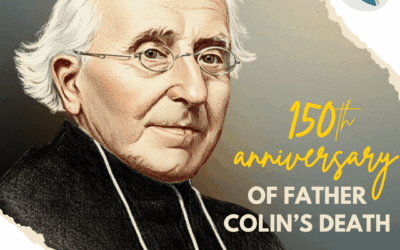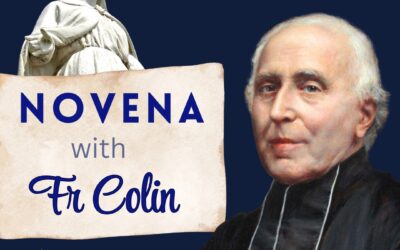The Feast of the Holy Name of Mary, celebrated on September 12, is a testament to the enduring significance of Marian devotion in the Catholic Church. From its origins in 16th-century Spain to its universal recognition following the Siege of Vienna, this feast highlights the deep-rooted tradition of honouring Mary’s holy name and her role in the history of salvation. This feast has a special significance for the Society of Mary. A Marist father, Peter Janssen, questioned the name of the congregation to which he belonged.
“Every religious Order or Congregation has one important feast which in some way expresses and confirms its spirit, charism, or reason for being. We might have had one of the relatively clear-cut and defined feasts of Our Lady, such as the Immaculate Conception, the Annunciation or the Assumption. Instead, the Founder has landed us with this rather vague and seemingly unimportant feast of the “Holy Name of Mary”. The choice of this feast rather than any of the other more definite ones also stresses that our aim is to be Mary.
When in the Marist Fathers’ Constitutions Father Colin listed 32 virtues of Mary that Marists should show, one of the first Novice Masters was perplexed. Father Colin might as well have listed a thousand and 32 virtues of Our Lady. Colin really wanted Marists to BE Mary in a real sense. And being a person, she is more than the sum of her virtues and her greatness is more than the sum of her individual glories which can be isolated and delineated, but only by and for the mind.” Peter Janssen, sm (A Certain Way Craig Larkin p.158)
As we commemorate this feast, we are reminded of Mary’s profound influence and her role as a powerful intercessor for the faithful. From the beginning, Marists have seen their relationship with Mary as a sort of covenant with rights and responsibilities on each side. Those who bear her name can presume on her protection, but they are also called to be worthy of the name they bear.
Maureen Meatcher




